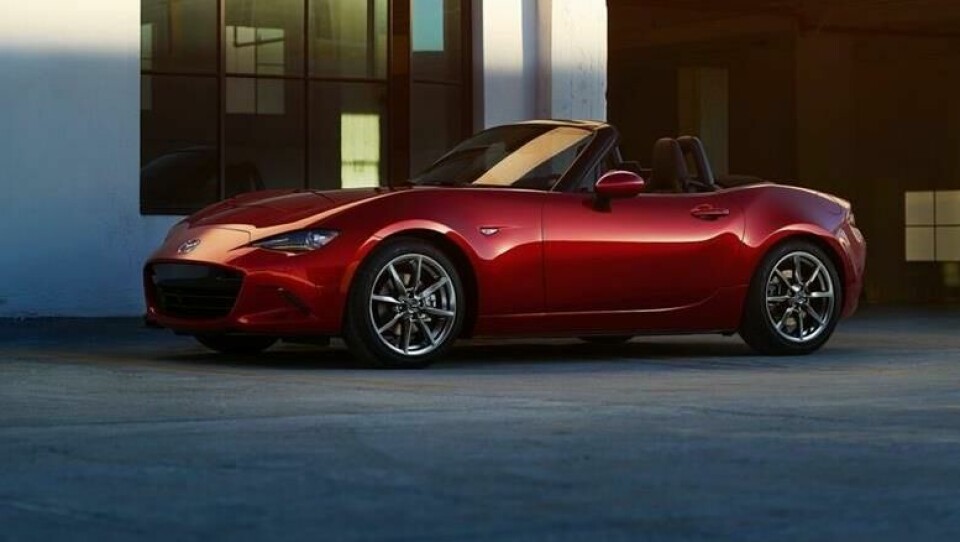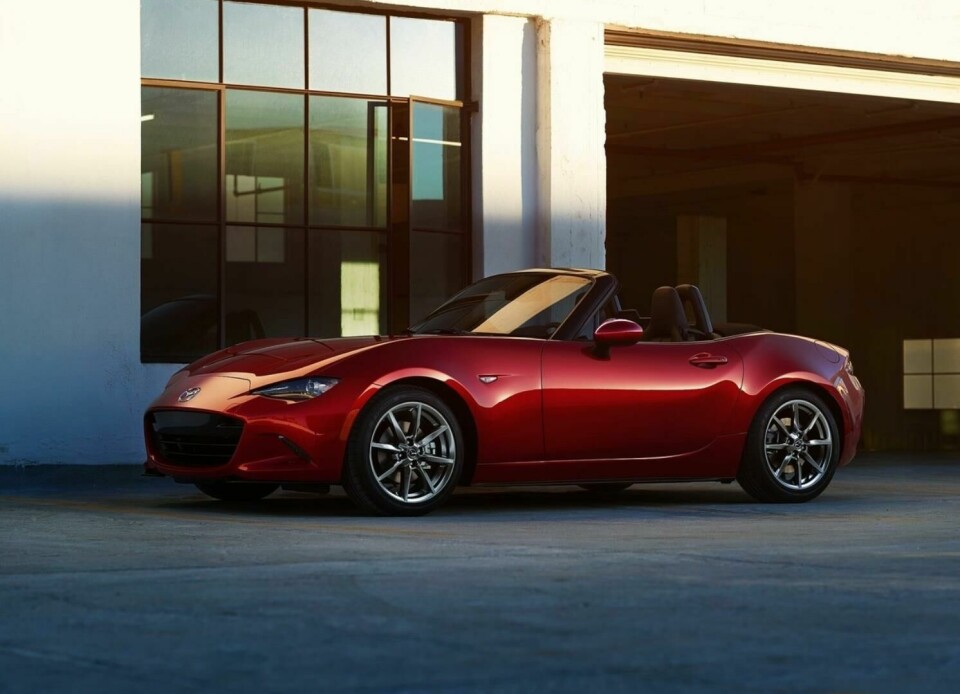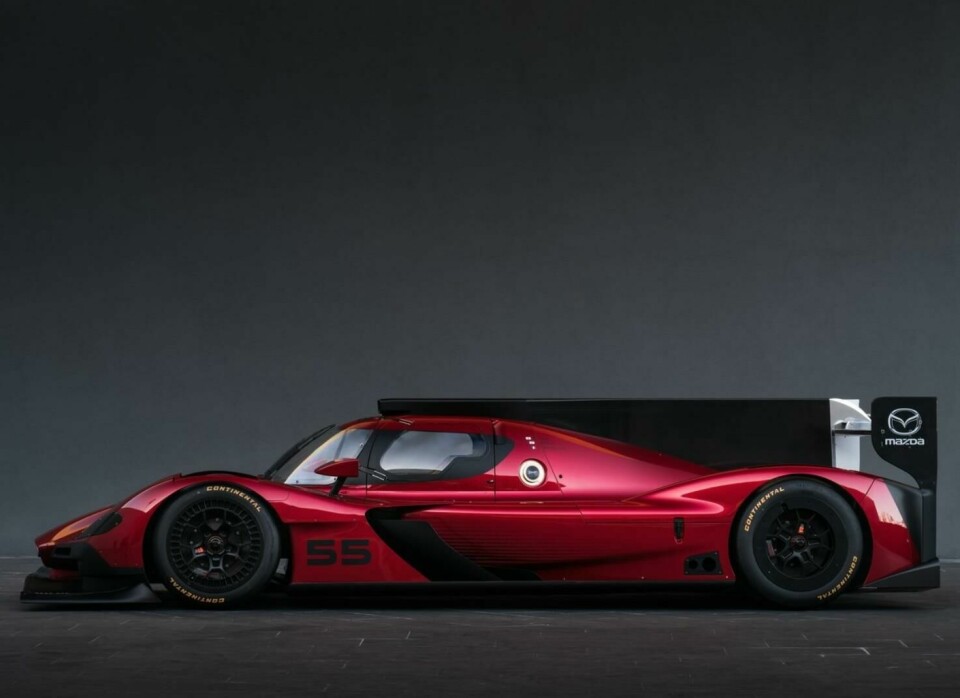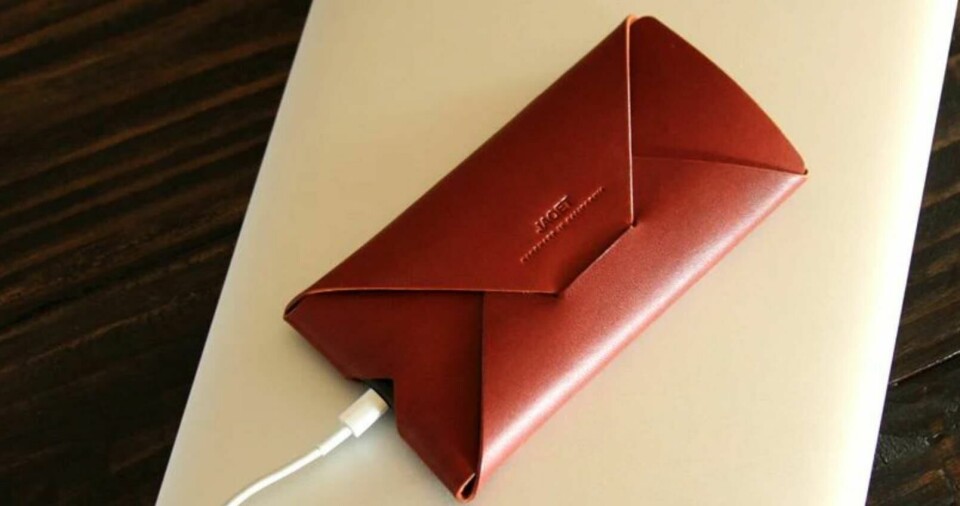
Interview: Jacques Flynn, Mazda Design Americas
The new senior director of design for Mazda North America shares some thoughts about the brand and where it is going under his leadership
Jacques Flynn had a successful career as a designer at Mazda for decade, but moved to Karma Automotive in 2017 to assume a design leadership position. Last year he returned to Mazda, and, this year, has been promoted to senior director of design for Mazda North America.
We caught up with him recently, and he took a few minutes out of his very busy schedule to give us some thoughts on the new position and the direction of Mazda design in the future.

Car Design News: Your return to Mazda in 2023 was something of a homecoming. What drew you back?
Jacques Flynn: It was the opportunity to lead a team that was quite different to what I had been doing historically. Back in late 2022 I was asked to return as the director of brand style for Mazda Design Americas (MDA), which works directly with Mazda’s global design team and also directly with the car designers.
This team makes sure the look and feel of the Mazda brand supports the high-level brand philosophy, but also the individual vehicles and how they are communicated and represented – be it production or concept. I found this opportunity both exciting and challenging, there was no way I could turn it down. This past year leading MDA’s brand style team has been an experience I will never forget and has shed new light on how a designer can approach design thinking and problem solving.
The way the brand team integrates with the car designers is something I find very inspiring. It’s a truly comprehensive way to approach design and one that elevates design practice within Mazda. I owe a lot to them for my past year professionally; I’ve learned so much from this incredibly thoughtful and talented group.

CDN: What do you feel will be your most important contribution to Mazda’s design direction and product planning?
JF: It’s no secret Mazda will be entering the electric landscape in the future. This is no doubt also an exciting and challenging time for the company, one that brings plenty of great opportunity to what design can offer. Electrification has to be successful in North America for Mazda, specifically California. Our team has the unique chance to offer an in depth view on what the American market is craving in terms of an electrified Mazda.
We are collaborating very closely with our colleagues in both product planning and strategy to deliver a unified voice to what we see as a successful offering for Mazda’s first generation of EVs. How this new technology will affect both packaging and design for Mazda is something the design team and I cannot wait to help define and bring to market here in America and also on a global scale.
The larger vehicles are learning from what we have done so successfully with our smaller cars
CDN: Mazda says it is moving toward a more premium position in the market. What does that mean to Mazda in general and in the North American market specifically?
JF: We often discuss this in the studio, specifically within the brand style team. Premium for Mazda has to be rooted in authenticity. We do things because we fundamentally believe they will improve the quality of our customers’ lives. The customer is at the center of everything we do, from the exterior to the way it drives to deciding what materials are used. All these decisions are made to bring joy to our customers, our guests.
We are also a proud Japanese company and it’s important that we never forget where we come from. In design, we study Japanese aesthetic principles when creating all aspects of the design language and solutions. In brand, we study Japanese history, culture and social trends to understand their landscape and what has shaped their rich Japanese culture as we know it. We are seeing this expressed in the craftsmanship within our vehicles. There are things Mazda does that most other car companies wouldn’t do when making a car, such as the unique stitching on the new CX-90 instrument panel which is inspired by a Japanese weaving technique called Kumihimo.
Of course, we sell cars in America so a balance is needed in order to be understandable from a western perspective while being inspired by our Japanese roots. For me, this balance is key to achieving the lasting success of Mazda in America as an authentically Japanese car company.

CDN: Mazda has an excellent reputation as a manufacturer of small cars with superior designs. How can a premium spirit be reconciled with what has traditionally been seen as an “economy” class of cars?
JF: I believe we are already doing this. Take the current MX-5 – a car that got smaller than its predecessor yet is clearly offering a more premium experience with things like the RF roof option, the materials and of course the enthusiast-focused driving experience. The Mazda 3 is another car that does not have a large footprint, but is packed with a premium experience.
Again, this is where we need to find that balance between being authentically Japanese while addressing our American customer’s needs and wishes. In Japan, there are so many beautiful and premium, even luxurious, feeling product solutions expressed in a small scale. Our smaller vehicles really do embody that spirit, while our larger offerings, such as the recent CX-90 and CX-70, start to speak directly to what the American market is asking for. These larger platform vehicles are learning from what we have done so successfully with our smaller cars. The incredibly sculptural exteriors, the human centered interiors and the choices of materials all stem from the success we have found in our traditionally smaller cars.

CDN: You have also founded a premium leather goods company. How has this influenced your automotive design?
JF: With JAQET, I could really focus on the story of the brand and how a product reflected it. This is something I now spend a great deal of time on compared to when I began my career in car design. Storytelling has always been a big part of any successful design, but it can get lost in the complex development of our products with the many inputs and perspectives.
A good story will lead to successful design, not just in the creative solutions but in its ability to drive strong alignment across a diverse group of individuals. Without this cross functional alignment and vision, too often design gets compromised and rarely makes the impact we set out to achieve at project kickoff.



